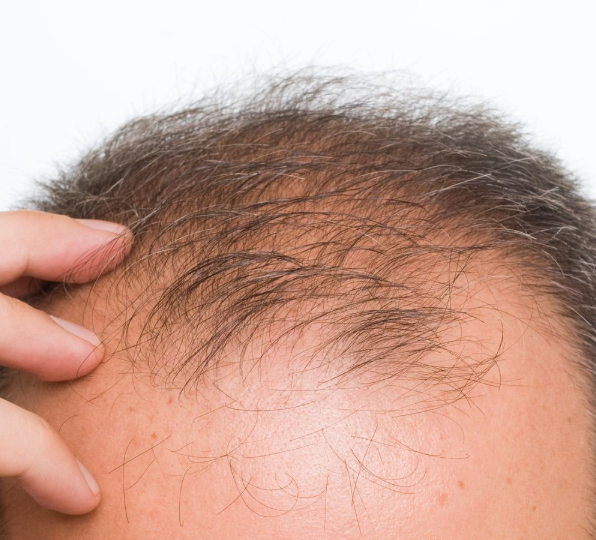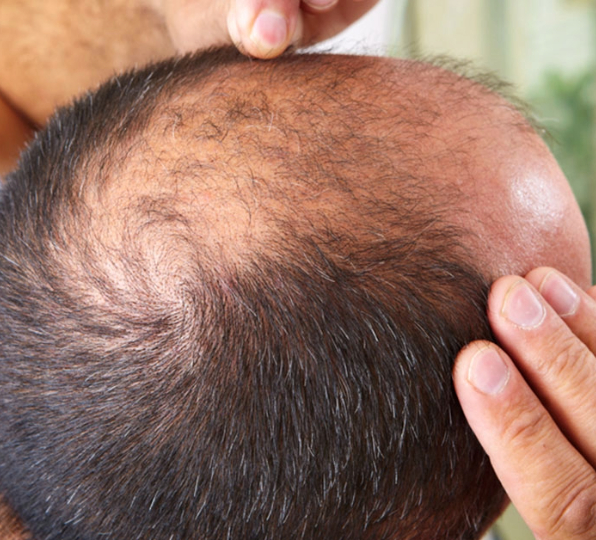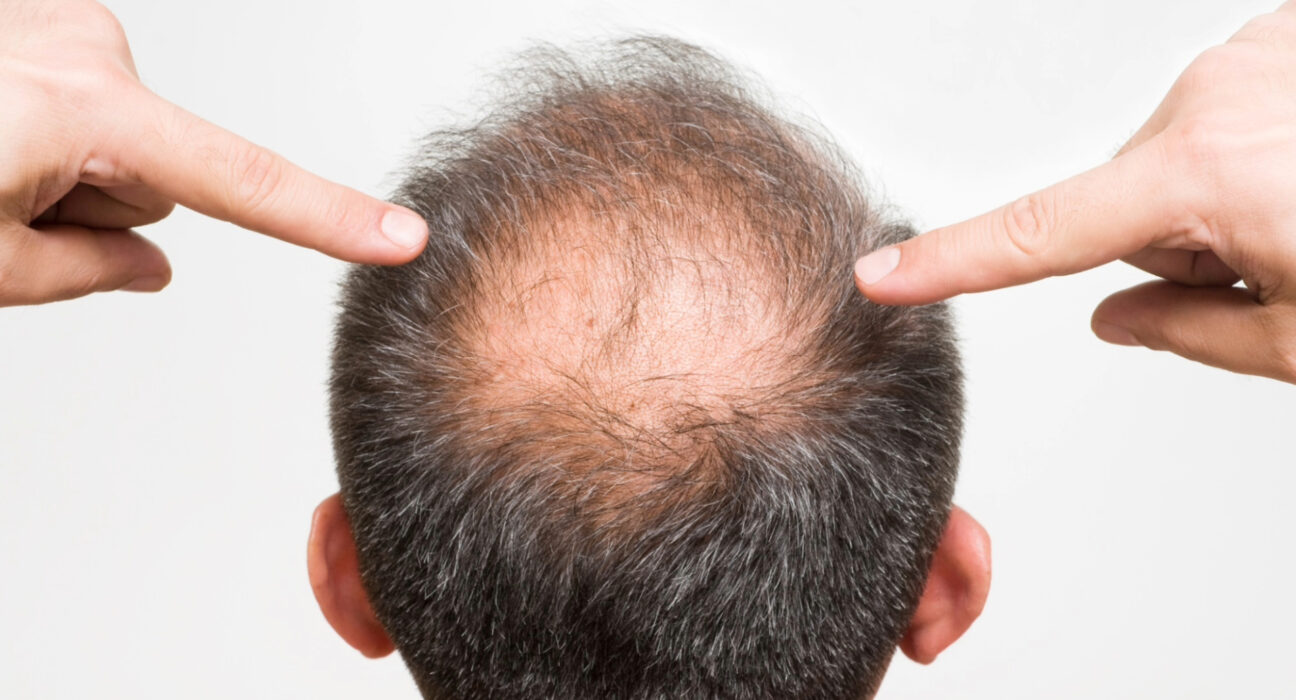Introduction:
Alopecia, commonly known as hair loss, can be a distressing condition that affects individuals of all ages and genders. While there is no cure for alopecia, various treatment options are available to help manage symptoms, promote hair regrowth, and improve overall quality of life for individuals living with this condition. In this article, we’ll explore the different treatment approaches for alopecia, ranging from topical medications and oral treatments to lifestyle modifications and alternative therapies.
1. Topical Treatments
Topical treatments refer to medications, ointments, creams, gels, or solutions that are applied directly to the skin or affected area of the body to treat various conditions or ailments. These treatments are designed to deliver active ingredients directly to the site of the problem, providing targeted relief and therapeutic benefits.
Topical treatments are widely used to address a variety of dermatological conditions, such as acne, eczema, psoriasis, fungal infections, and dermatitis. They may contain a range of active ingredients, including antibiotics, corticosteroids, antifungals, retinoids, salicylic acid, and moisturizers, among others, depending on the specific condition being treated.
One of the key advantages of topical treatments is their localized action, which allows for targeted delivery of medication to the affected area while minimizing systemic side effects. By bypassing the digestive system and bloodstream, topical treatments can provide rapid relief of symptoms with fewer potential adverse effects compared to oral medications.
Topical treatments are also commonly used in skincare routines to address concerns such as wrinkles, fine lines, hyperpigmentation, and sun damage. Products containing ingredients like hyaluronic acid, vitamin C, glycolic acid, and retinol are popular choices for promoting skin health, improving texture, and enhancing overall complexion.
2. Oral Medications
Oral medications refer to drugs or medications that are ingested by mouth, typically in the form of tablets, capsules, or liquids. These medications are designed to be absorbed into the bloodstream through the gastrointestinal tract and then distributed throughout the body to exert their therapeutic effects on various organs, tissues, or systems.
Oral medications are one of the most common and widely used forms of drug delivery due to their convenience, ease of administration, and ability to provide systemic effects. They are prescribed for a wide range of medical conditions, including infections, chronic diseases, acute illnesses, pain management, and mental health disorders.
One of the key advantages of oral medications is their versatility and ability to deliver a wide range of drugs, including antibiotics, analgesics, anti-inflammatory agents, antihypertensives, antidiabetic medications, antidepressants, and many others. This makes them suitable for treating a diverse array of health conditions and ailments.
Another benefit of oral medications is their relatively non-invasive route of administration, which eliminates the need for injections or other invasive procedures. This makes them more convenient and comfortable for patients, particularly for those who may have a fear of needles or difficulty with injections.
3.Injectable Treatments
Injectable treatments refer to medications or therapeutic substances that are administered directly into the body via injection, typically into the bloodstream, muscle tissue, or specific anatomical sites. These treatments are delivered using various types of needles and syringes and are commonly used in medical settings for a wide range of purposes, including medication administration, vaccinations, and therapeutic interventions.
One of the primary advantages of injectable treatments is their ability to provide rapid and precise delivery of medication directly into the bloodstream or target tissues, bypassing the digestive system and ensuring immediate systemic effects. This makes injectable treatments particularly effective for emergency situations, acute conditions, and situations where rapid onset of action is critical.
Injectable treatments are commonly used to administer medications such as antibiotics, analgesics, anti-inflammatory drugs, vaccines, insulin, hormones, and chemotherapy agents, among others. They may also be used for diagnostic purposes, such as contrast agents for imaging studies or blood tests.
There are several routes of administration for injectable treatments, including intravenous (IV), intramuscular (IM), subcutaneous (SC), and intradermal (ID). Each route has its own advantages and considerations based on factors such as the medication being administered, the desired onset of action, and patient preferences.
Intravenous injections involve delivering medication directly into a vein, allowing for rapid absorption and immediate systemic effects. Intramuscular injections involve administering medication into a muscle, which allows for slower absorption and sustained release of the medication over time. Subcutaneous injections involve delivering medication into the fatty tissue layer beneath the skin, providing a slower onset of action compared to intravenous or intramuscular injections. Intradermal injections involve delivering medication into the dermal layer of the skin, typically for diagnostic purposes or allergy testing.
While injectable treatments offer several advantages in terms of rapid onset of action and precise delivery, they may also have limitations and drawbacks. Injectable medications require proper training and technique for administration to minimize the risk of complications such as infection, tissue damage, or adverse reactions. Additionally, some patients may experience pain, discomfort, or anxiety associated with injections.
4.Hair Restoration Procedures
Hair restoration procedures encompass a range of medical and surgical interventions aimed at addressing hair loss and promoting the regrowth of hair in individuals experiencing thinning or balding. These procedures are designed to restore a natural-looking, fuller head of hair and can be tailored to meet the individual needs and preferences of each patient.
One common hair restoration procedure is hair transplant surgery, which involves harvesting hair follicles from a donor area of the scalp, typically the back or sides of the head, and transplanting them to areas of thinning or balding. There are two main techniques used in hair transplant surgery: follicular unit transplantation (FUT) and follicular unit extraction (FUE). FUT involves removing a strip of scalp containing hair follicles, while FUE involves harvesting individual follicular units one by one. Both techniques can yield natural-looking results when performed by a skilled surgeon.
Another hair restoration procedure is platelet-rich plasma (PRP) therapy, which involves extracting a sample of the patient’s blood, processing it to concentrate the platelets and growth factors, and injecting the resulting PRP solution into the scalp. PRP therapy is believed to stimulate hair growth by promoting cell proliferation, angiogenesis (the formation of new blood vessels), and collagen production in the hair follicles.
Additionally, laser therapy is a non-invasive hair restoration option that involves using low-level laser light to stimulate hair follicles, increase blood flow to the scalp, and promote hair growth. This treatment can be performed in a clinical setting or used at home with a handheld laser device.
Other hair restoration procedures may include scalp micropigmentation (SMP), which involves tattooing the scalp to create the appearance of a closely shaved head of hair, and hair systems or wigs, which can provide immediate coverage for individuals with extensive hair loss.
While hair restoration procedures can be highly effective in addressing hair loss and promoting hair growth, it’s important for individuals to undergo a thorough evaluation by a qualified healthcare provider to determine the most appropriate treatment approach based on their unique needs, medical history, and expectations. With advances in technology and techniques, hair restoration procedures continue to evolve, offering new options and opportunities for individuals seeking to restore their confidence and appearance.
5.Alternative Therapies
Alternative therapies encompass a diverse range of non-conventional or complementary approaches to health and wellness, often used in conjunction with or as an alternative to traditional medical interventions. These therapies focus on promoting holistic well-being, addressing the interconnectedness of the mind, body, and spirit. Many individuals turn to alternative therapies for various reasons, including managing chronic conditions, enhancing relaxation, and supporting overall health.
One popular category of alternative therapies is mind-body practices, which include techniques that emphasize the connection between mental and physical well-being. Examples include meditation, yoga, tai chi, and qigong. These practices promote relaxation, stress reduction, and improved mental focus, contributing to a sense of balance and harmony.
Acupuncture is another alternative therapy that originated in traditional Chinese medicine. It involves the insertion of thin needles into specific points on the body to stimulate energy flow and restore balance. Acupuncture is commonly used to alleviate pain, reduce stress, and address various health concerns.
Herbal medicine, or phytotherapy, utilizes plant-based remedies to support health and treat various conditions. Herbal supplements, teas, and tinctures may be recommended to address specific symptoms or promote overall wellness. However, it’s essential to consult with a qualified herbalist or healthcare provider before incorporating herbal remedies into one’s routine.
Chiropractic care focuses on the musculoskeletal system and spinal alignment to promote overall health. Chiropractors use manual adjustments and manipulations to address issues such as back pain, headaches, and joint discomfort. This form of alternative therapy aims to enhance the body’s natural healing abilities.
Massage therapy, an ancient practice with roots in various cultures, involves manipulating soft tissues to improve circulation, reduce muscle tension, and promote relaxation. Different massage techniques, such as Swedish, deep tissue, and aromatherapy massage, cater to various needs and preferences.
Energy therapies, such as Reiki and acupuncture, work with the body’s energy fields to facilitate healing. Practitioners believe that balancing and channeling energy can promote physical, emotional, and spiritual well-being.
It’s crucial for individuals considering alternative therapies to communicate openly with their healthcare providers, ensuring a collaborative approach to their overall health and treatment plan. While these therapies can offer valuable benefits, they are not a substitute for traditional medical care, and their effectiveness may vary among individuals. Integrating alternative therapies into a well-rounded approach to health and wellness can provide a holistic perspective on self-care and contribute to an individual’s overall sense of balance and vitality.


Conclusion:
While alopecia can be a challenging condition to manage, various treatment options are available to help individuals cope with hair loss and promote hair regrowth. From topical medications and oral treatments to hair restoration procedures and lifestyle modifications, there are many strategies for managing alopecia and improving overall hair health. By working closely with a dermatologist or healthcare provider, individuals with alopecia can develop a personalized treatment plan that addresses their specific needs and goals, ultimately restoring confidence and quality of life.












